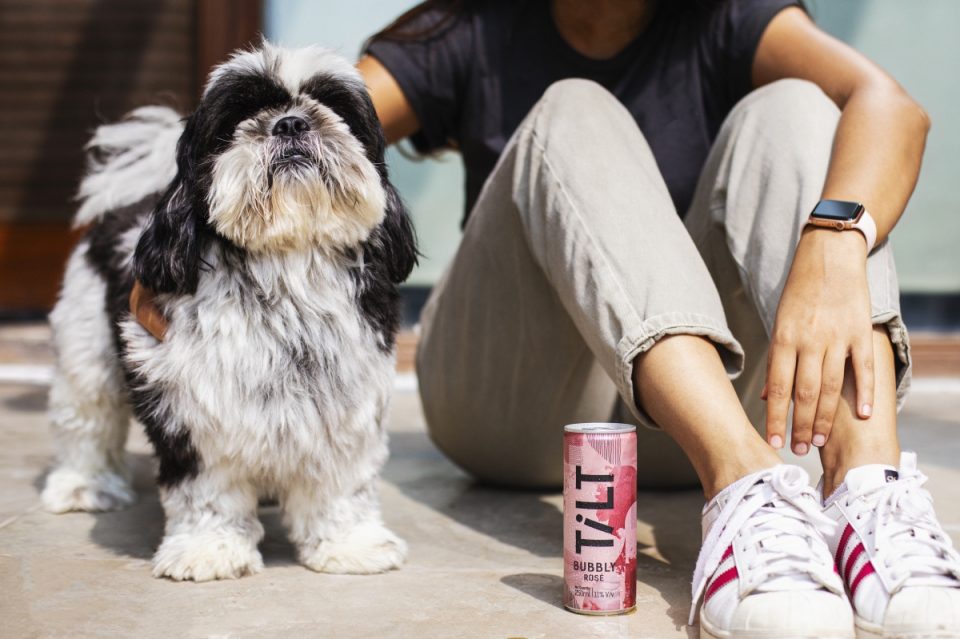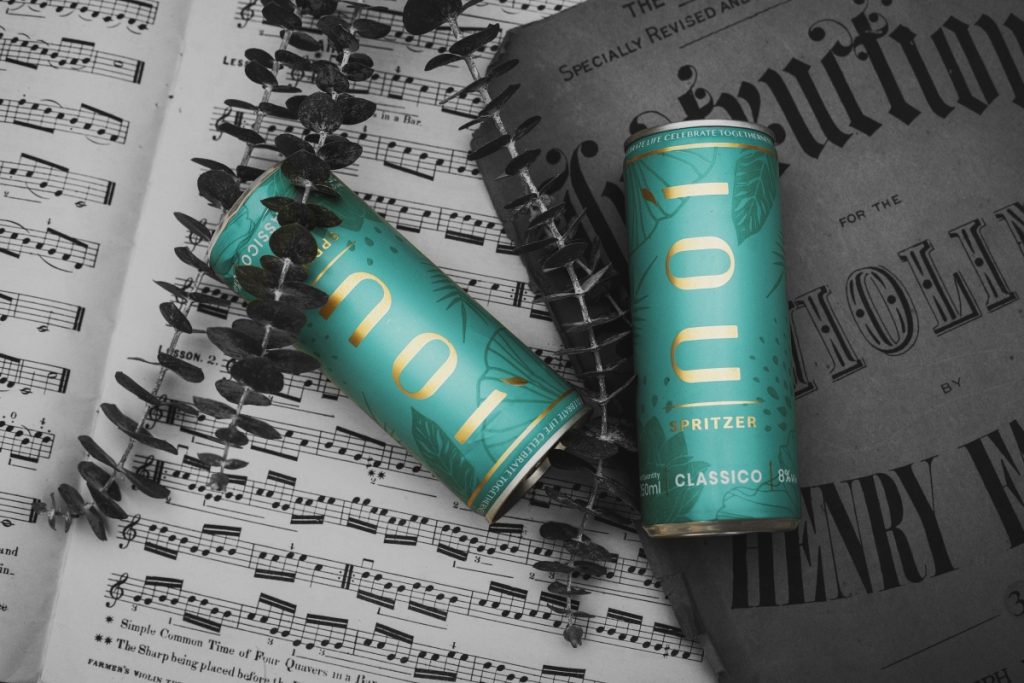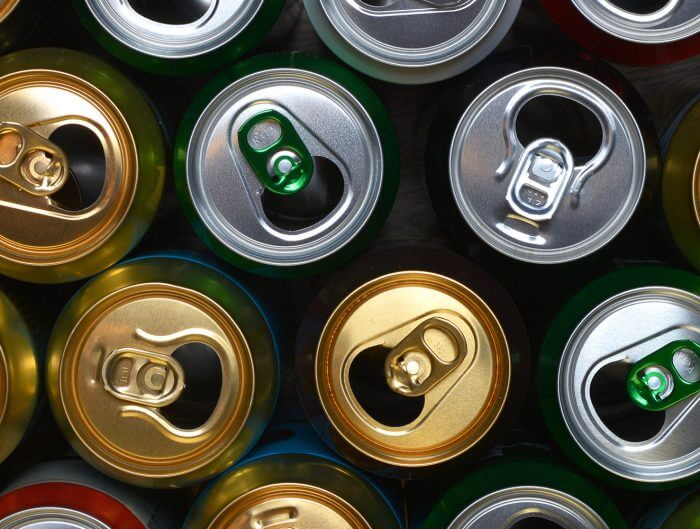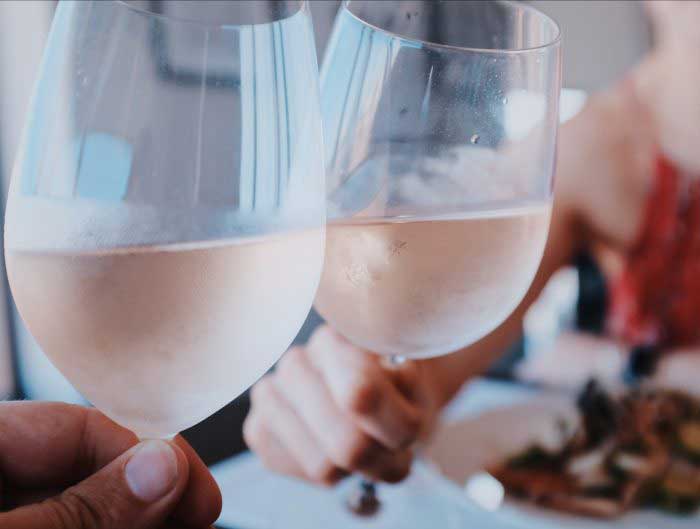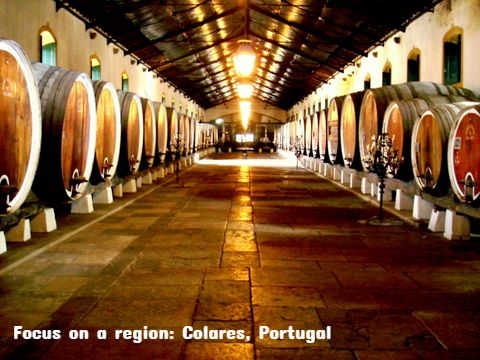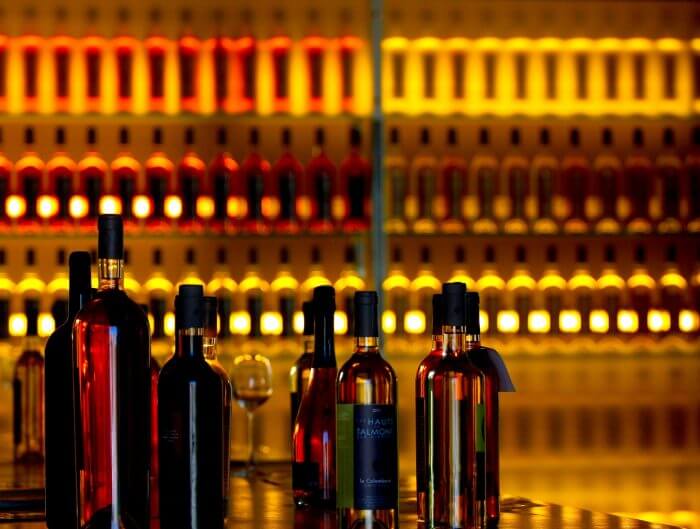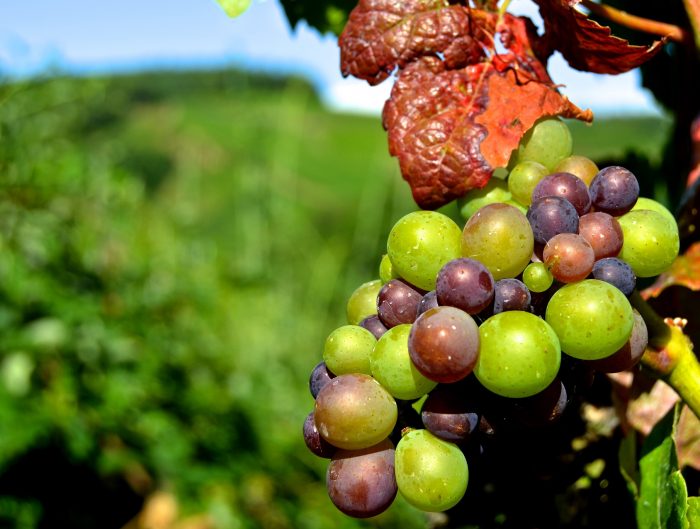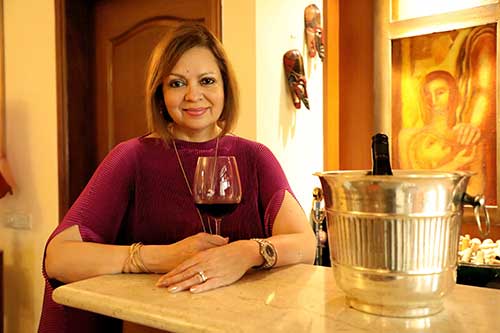‘A gateway to the world of wine’: TiLT, Kapil Sekhri’s final dream
The Wine-in-Can Story – Part 2.
This article was written days before the sudden passing of Kapil Sekhri, founder-director of Fratelli. After much thought, I have decided to publish it just as I had written it, as a tribute to his final passion project: the wine-in-can venture of Fratelli Vineyards called TiLT.
Wine. Not in bottles the way we know it, but wine in cans. The massive made-in-America world trend seems tailored for the Indian scenario: smaller serves to intrigue the coming-of-age drinker. Portable. Low alcohol. Snappy, sexy, fruity, easy-to-drink. Unpretentious.
First off the blocks pre-COVID was Sula Vineyards with their Dia red and white wine in cans, currently available in Maharashtra.
Fratelli Vineyards, India’s third-largest wine production house, began operations 10 years ago. With their flagship premium brand Sette, and their M/S range (conceptualized by winemaker Piero Masi and international wine expert Steven Spurrier, therefore the name M/S) established at the premium end of the market, Fratelli went on to add a new super-premium limited range, JNOON, a French-Indian collaboration with super-marketer Jean Charles Boisset.
But even before COVID19 brought wine retail to a near-standstill, Fratelli was readying to pivot in another direction. The lockdown, says director and founder Kapil Sekhri in a Zoom interview, bought the company time to think, reinvent and recalculate. It was time to TiLT, he said.
Apart from their portfolio of premium bottled wine, Fratelli’s new wine-in-can brand TiLT offers a red, white, sparkling, and sparkling rosé in 250ml serves. The offerings are promoted as being vegan and gluten-free, and the current trend favouring lower alcohol is addressed – with 11% alcohol by volume. The cans are eye-catching and bright (bright blue, pink, and yellow) and clearly meant to grab attention on crowded supermarket shelves. Already rolling out in select locations in India, it will soon be available in 20 states. Jayanth Bharathi, senior marketing manager, Fratelli tells me it is out in Mumbai, Delhi, the NCR and Goa, released in the eastern states by end-September with the southern states to follow soon after.
Kapil Sekhri: the TiLT story
“Never let a crisis go waste,” Kapil Sekhri quotes Churchill during our Zoom interview. TiLT and its spritzy sib, the Noi spritzer (8% ABV. Noi, launched in Feb 2018 has 20 gms/litre residual sugar and is seeing growth of approximately 20 – 25% year on year since) were born during the lockdown from a concept which was two years in the making. But the pandemic provided them the opportunity to retreat, rethink, and restart. Ideas were tossed around, no corners were cut: the all-important shelf-life question (being made from fruit –grapes – how long would the wine-in-can survive on the shelf?) saw much back and forth-ing and tests done in India and the UK before Fratelli was satisfied with the outcome. With things going on-track before the big splash, no wonder Team Fratelli’s “spirits were high,” as Sekhri pronounced.

Noi, the off-dry sparkling wine from Fratelli, is now in cans too.
“You must get consistency right,” points out Sekhri. “Among Fratelli’s most important principles, we rank honesty. We have put it out there that the grapes we have used are indigenous grapes (grapes native to a specific region) rather than vitis vinifera (Ed- Grapes used are Thomson Seedless, Bangalore Blue, Sharad, Purple Dilkhush along with some vitis vinifera: Chenin Blanc and Syrah). These are not the grapes we use for Sette!” The result: a fresh, fruity drink with low alcohol in an easy-use pop-and-pour format. “And don’t forget, it is fermentation over distillation. We want to draw people into the living world of wine.” As for Sette, Sekhri points out that in terms of price-quality ratio, it is hard to be Sette. “Sette beats any Rs. 4000 wine hands down.” Having recently been through a vertical tasting of Sette vintages with Alessio Secci, I would find it hard to disagree.
The Boisset input
A few minutes into the discussion with Sekhri and it becomes clear he has done his homework with rigor before green-lighting the TiLT project. Successful current formats, best pour sizes and flavours were studied, experts consulted, including his partner-in-JNOON, Jean-Charles Boisset. Boisset is a marketing maverick in his own right besides being married to Gina Gallo, scion of the vast E&J Gallo empire and maker of the uber-successful canned wine brands Barefoot and Dark Horse. Gallo is noted for having nailed the easy-drinking wine formats in the US. “Go for the 250 ml can,” Boisset advised Sekhri. “The can format really worked in the US. And I believe that India is more tilted towards American trends than European,” Sekhri adds.
TiLT, Sekhri assures me, would have the same shelf life as a good wine – it can keep up to 2 years on a shelf. It also fits the current trend of value for money + simplicity. “Where would I drink TiLT? Not in my drawing room perhaps, but certainly yes, while on a trek or on a beach in Goa. It’s a good alternative to a high-sugar hard seltzer. In fact, the biggest driver has been my 18-year-old son, who thought it would do really well because it wasn’t pretentious in any way.”
TiLT: Youthful, standing apart
Of course, premium Fratelli wines with their own fan following will be quite apart from the youthful TiLT offering. “This is a different brand altogether, with a different feel. It must have its own identity, personality and stand on its own,” he says. I asked Sekhri what sealed the deal for Fratelli to take the road less travelled and launch TiLT. “Our winemaker in Akluj, Vrushal said, ‘Trust me.’ And we took a leap of faith.”
And voilà, TiLT has developed its own fledgling Instagram page, quite apart from @fratelliwines, and is steadily building its own youthful fan following. Sekhri philosophises, “The wine industry is snobbish. We assume people are aware of every expression of Chenin Blanc and Chardonnay. But youngsters want something uncomplicated; something crisp, easy to drink, delicious.” With a population of 600 million under 35, there is a clear need for alternatives to premium wine. “Wine in cans can draw the new coming-of-age drinker into the world of wine. We hope it will act as a gateway to that world.”

Looking back at this, my last interview with Kapil Sekhri, whom I had the pleasure of meeting an interacting with since the very inception of brand Fratelli, I see a man who was both a gentleman and a visionary, unafriad of hard work and respectful of his peers. His passing will be an immeasurable loss to the community. For his sake, and the young Indian wine industry, I hope his dreams continue to ’tilt’ towards great success.
————————————-
In a brief Q&A with Fratelli’s assistant winemaker Vrushal Sunil Kedari, I asked a few follow-up questions about why the company is so gung-ho about putting wine into cans.
What can drinkers of canned wine expect in terms of flavor profile?
Wine in cans in India is very new, so people relate more to sweetness than flavour. They can expect tropical fruit flavours with zingy freshness.
In what way (referring specifically to winemaking) does canned wine differ from regular bottled wine, made from vitis vinifera?
There is not much of a difference with respect to winemaking. The basic parameters like brix (sugar level) acidity and pH of grapes differ depending on when we harvest them. The wine as a base is more neutral – the whites have less acidity and the reds have lower tannins compared to vitis vinifera grapes, so that makes canned wine more approachable and easier to drink.
Does TiLT have a separate winemaking facility? Can you explain (for the consumer) the different requirements for both?
TiLT has a separate canning line section in our winery. The winemaking processes of fermentation, extraction, and filtration are more or less the same. The other difference is that the wines in cans must have low sulfite levels, which is a good thing for the end consumer.
Canned wines have a separate filling line with carbonation filling, and seaming of the lid which is done at very low temperatures – about 4 degrees Celsius.
Why do you think the Indian consumer might enjoy canned wine? And what is TiLT’s target consumer profile?
The modern Indian drinker is making educated choices on what he or she consumes. Our market research has clearly pointed to the fact that they are conscious of the environment and are aware of a product, its production, and origin before they endorse it. Wine has always been looked upon as hoity-toity, and cans can help change that perception and make wine simpler to enjoy and approachable while still providing the goodness of wine. The single-serve packaging and convenience make canned wine well-suited for the life on the go. The “Mindful Millennial” describes our target group perfectly.
Quality perception
There is a quality perception with regard to canned wine. Do you agree?
Senior marketing manager, Fratelli, Jayanth Bharathi replies:
Yes, there is a perception that canned wines are of low quality and they are not considered serious wines. But if one doesn’t try, one will never know! It is sort of similar to the perception problem that Indian wines face. There are so many imported wines in market which are not even close to the average Indian wines, but are still considered higher quality simply because they imported. At Fratelli, we have put our best foot forward and ensured that we have a wine-in-can which we would like to drink ourselves.
There has been surprise (and shock) expressed lately about Bordeaux and other wine regions producing wine in cans (as this might affect their perceived super-premium status). Your views?
There are many French wines that are being produced in cans – like Winestar. Several others are also planning to introduce this format of packaging. I think there is an attempt to break the taboo, connected also with policies to attempt to reduce carbon footprint. The convenience of the can is definitely an added bonus. In the end, the quality of what is in the can or bottle will depend on the quality of grapes the wine is made from and that alone should be a true measure of good wine.
Fitting in with a global trend
In the most recent research released by Global Data in July 2020 on Alcoholic Beverage Innovation during COVID 19, the following points were underlined. This has direct relevance to the wine-in-can segment:
- At-home drinking has increased, and this new trend is likely to continue due to consumers’ concern about the disease.
- Consumers’ views on brand activities as well as health concerns have changed. They are more aware of brand initiatives and the health impact of alcohol, which is influencing their purchase decisions.
- Also, how brands are contributing to society or sustainability is becoming an important factor for consumers’ choice of products.
Tilt comes in different flavours: TiLT Red, TiLT White, TiLT Bubbly, TiLT Bubbly rosé and the sparkling off-dry NOI Spritzer.
Prices start from Rs 130/150. Available in India.

